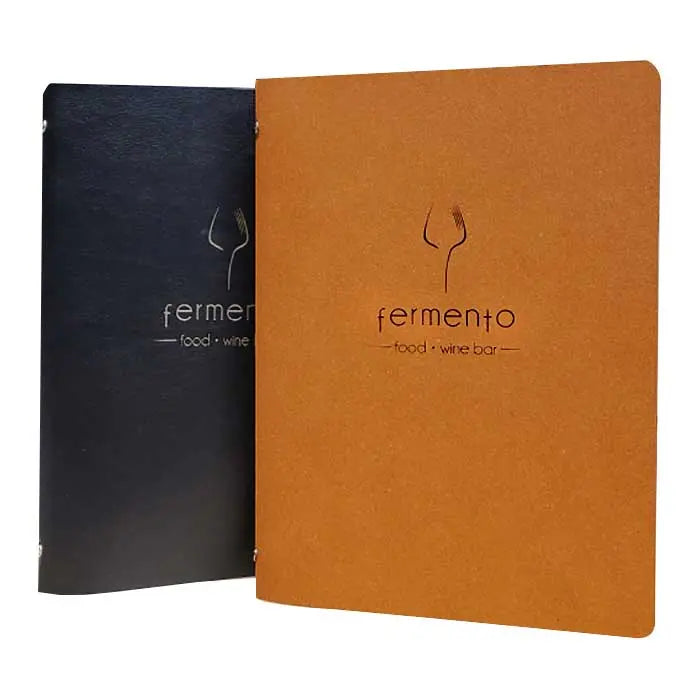
Faux Leather vs Real Leather: Comparing Appearance, Durability and Environmental Impact
Faux leather is designed to copy the look and feel of real leather, but how does it compare in terms of durability, appearance, and environmental impact? Discover the differences between these materials and learn which one might be the best choice for your needs.
-
Faux Leather vs Real Leather - What's the Difference?
Faux leather, also known as synthetic, vegan or artificial leather, is a material designed to mimic the look and feel of genuine leather. -
Appearance - Can You Tell the Difference?
In terms of appearance, faux leather can often look very similar to real leather, with many synthetic materials closely resembling the texture, grain, touch and color of natural leather. One major difference between faux leather and real leather is the texture. Real leather has a unique texture that is difficult to replicate with synthetic materials. Additionally, faux leather can sometimes have a plasticky or artificial appearance, especially if it is made from low-quality materials. -
Durability - Which One Lasts Longer?
In terms of durability, real leather is generally considered to be more durable and long-lasting than faux leather. Real leather is more resistant to wear and tear, and it tends to age more gracefully over time. Faux leather can crack, peel, or deteriorate more quickly, especially if it is exposed to heat or sunlight. -
Environmental Impact - Which is More Sustainable?
Finally, there are environmental considerations to take into account. Real leather is a natural material that is biodegradable, but it requires significant resources to produce, including land, water, and energy. Some faux leathers are made of a synthetic material that is not biodegradable and can contribute to environmental pollution. Now however, some companies are producing more sustainable and eco-friendly versions of faux leather, using materials such as recycled polyester or natural fibers like cork or pineapple leaves.
Overall, faux leather can be a good alternative to real leather for those who want the look and feel of leather without the cost or environmental impact. However, it is important to keep in mind that faux leather may not be as durable or long-lasting as the real thing, and there can be noticeable differences in texture and appearance.
When deciding between faux leather and real leather, it's important to consider factors such as appearance, durability, and environmental impact. While faux leather can be a good option for some, others may prefer the durability and authenticity of real leather.
